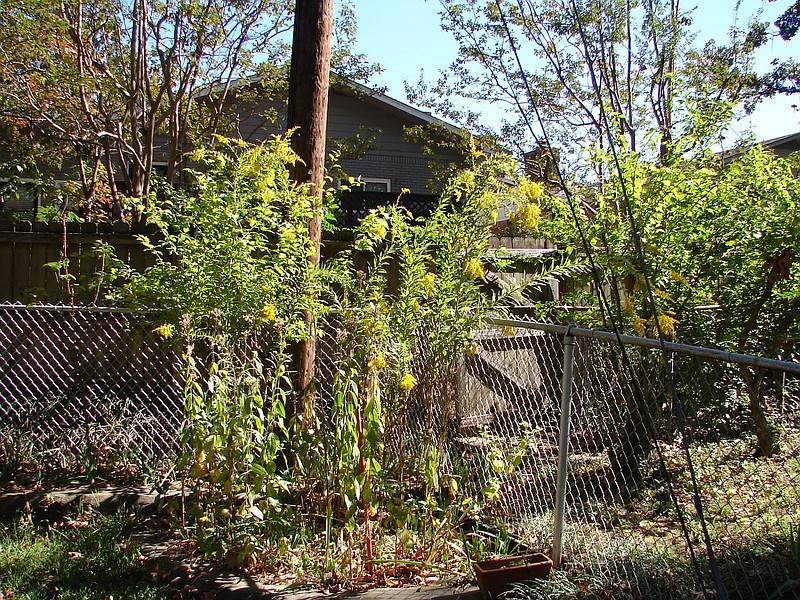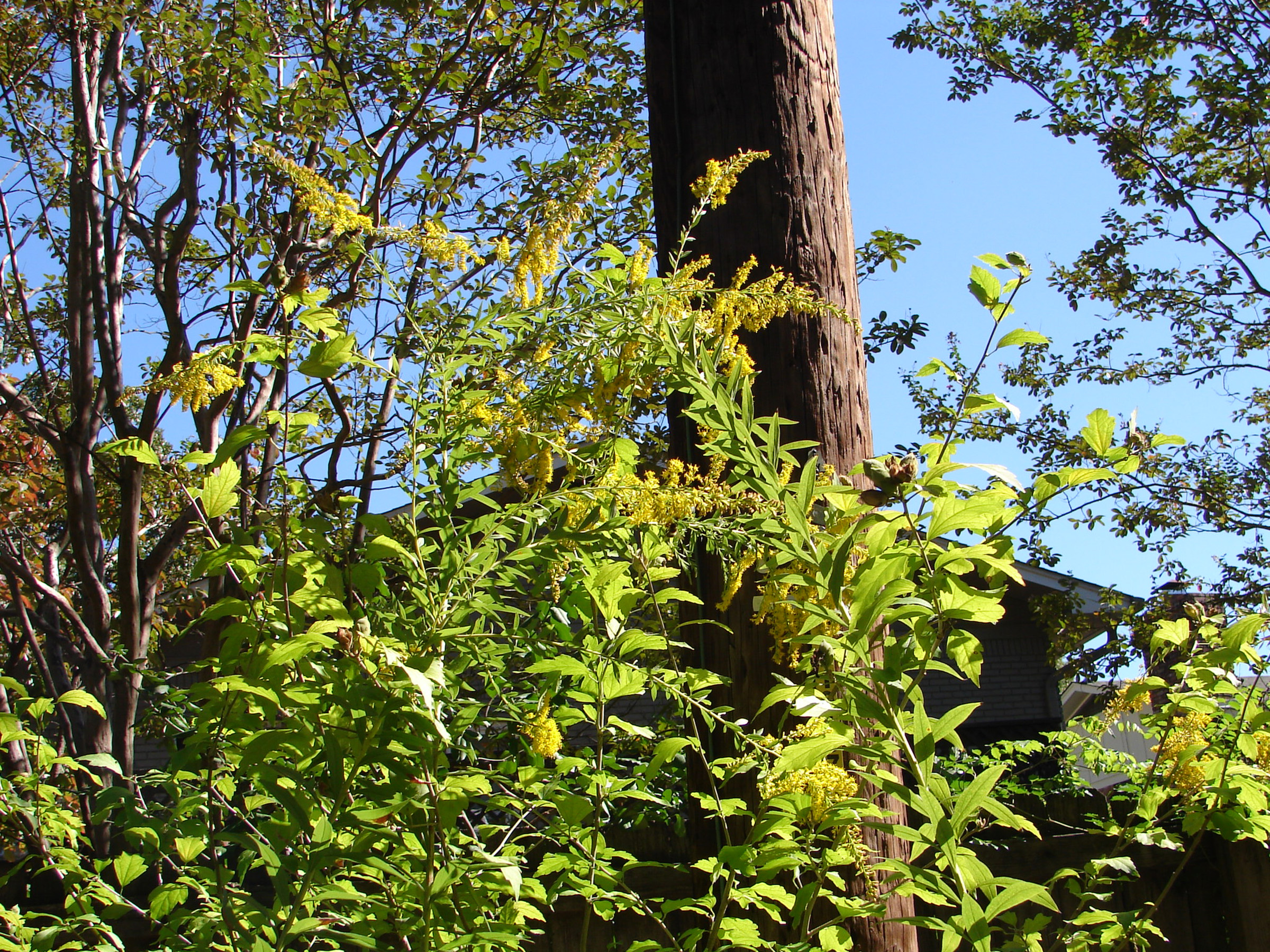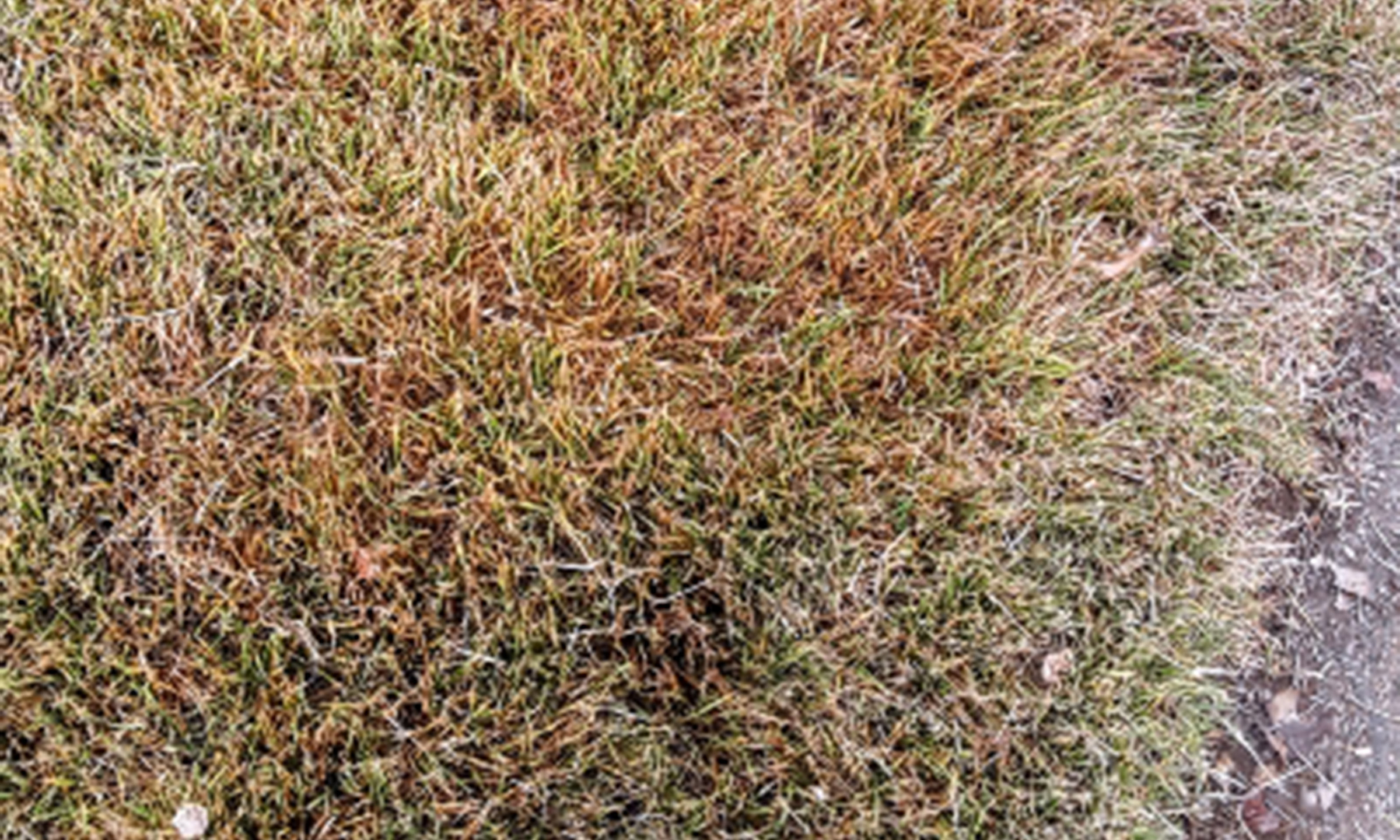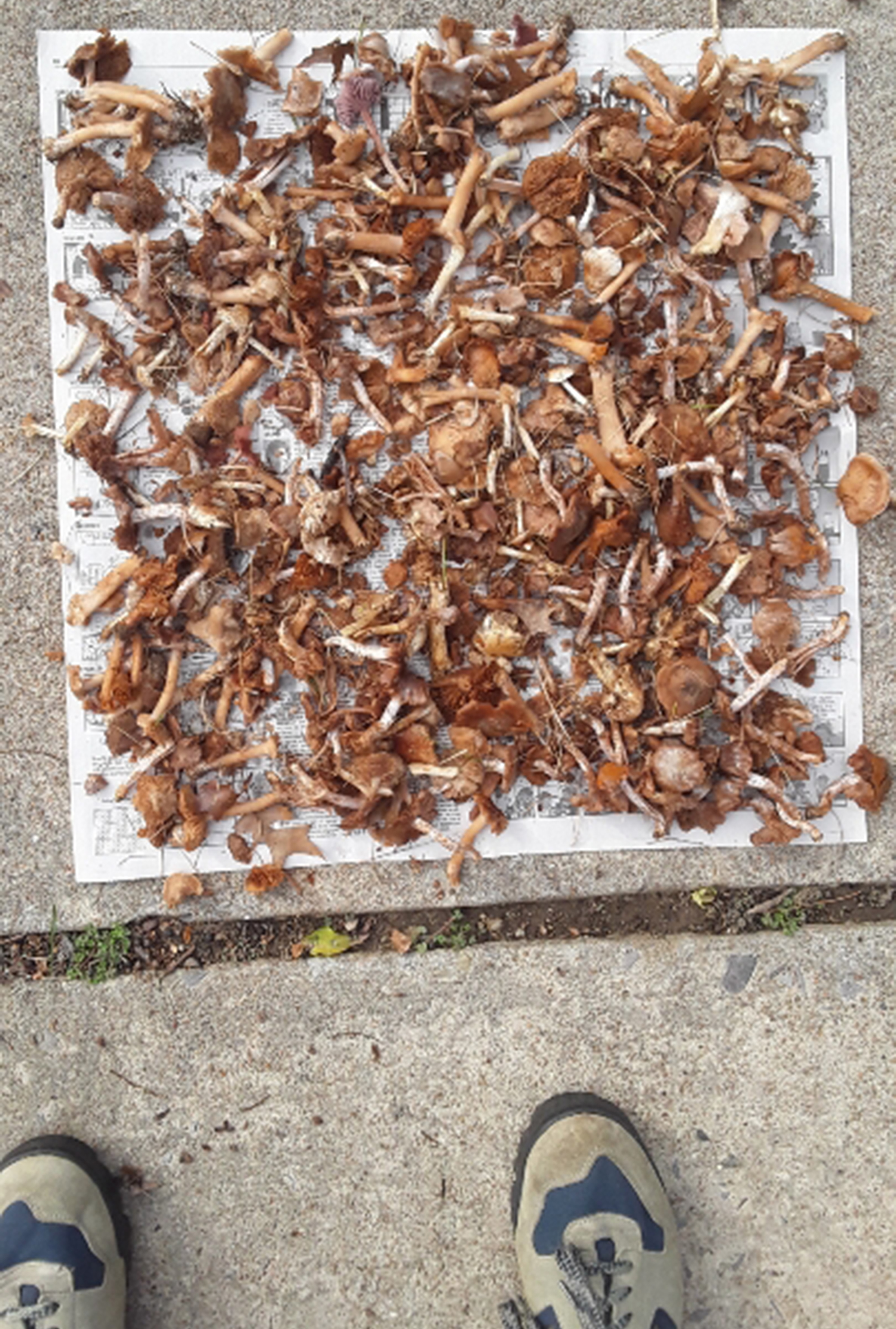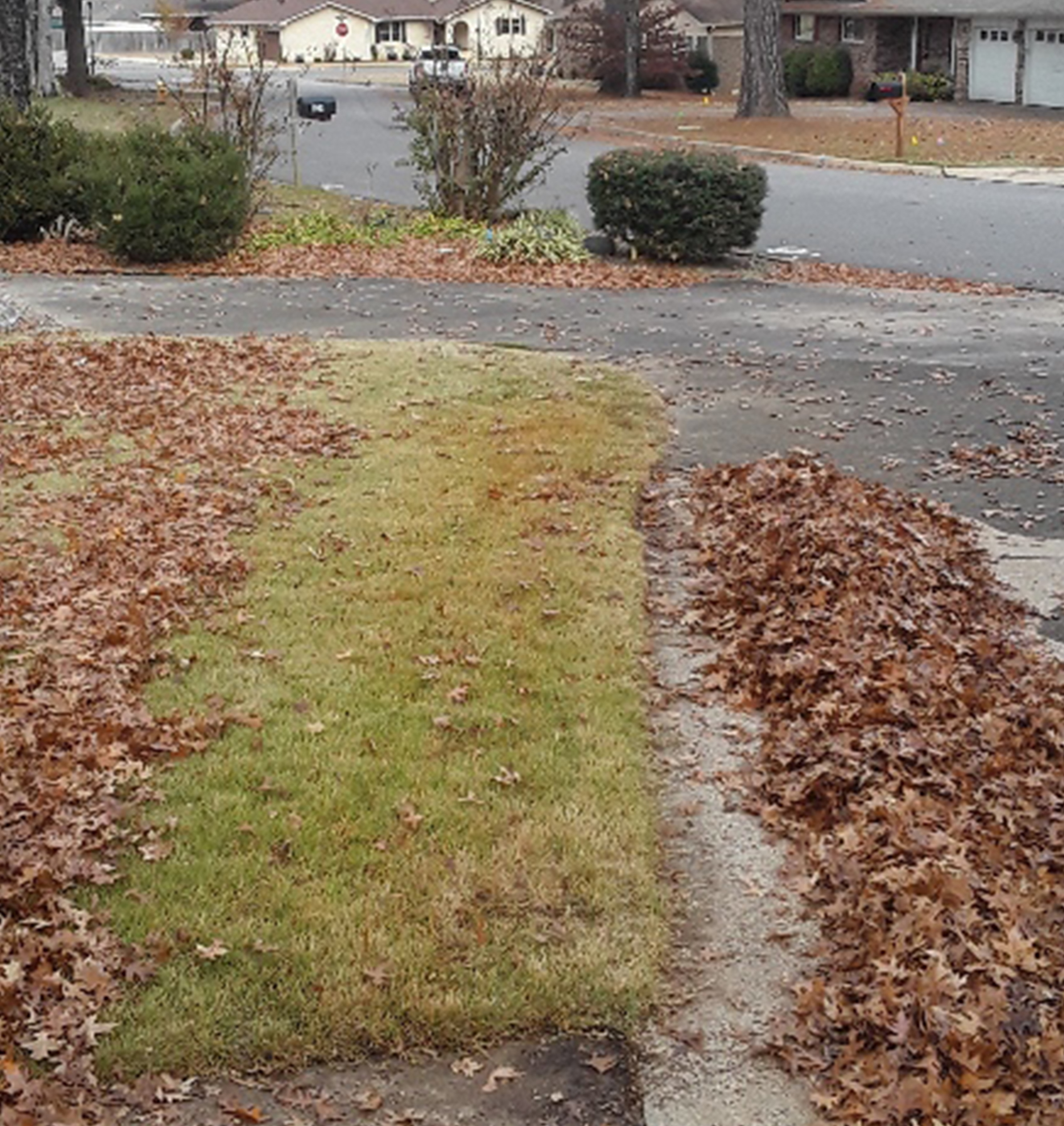Q What is this plant? The pictures of the plant that I need identified are attached. These plants are 6 to 8 feet tall and bloom in late summer.
A The plant in question is a goldenrod. There are many varieties, but I would say yours is tall goldenrod. If you want it a bit fuller and shorter, you could cut it back in midsummer, encouraging it to branch and bush out a bit. Don't prune too late or you will delay the blooms. Goldenrod is a tough native plant for full sun. Be careful, because the tall one can spread if given even a little care.
Q My wife enjoys what she thought was a Christmas cactus. We have been studying and discovered there are at least three different versions. An Easter cactus, Thanksgiving cactus and Christmas cactus. I can send you pics if you need. We have been unable to find a true Christmas cactus at our normal outlets. She discovered all hers are Thanksgiving cacti. Can you please recommend a source for a true Christmas cactus? Local pickup or mail order would be fine.
A The holiday cactus is in the Schlumbergera family, a small family with only six species, including the holiday cactus Schlumbergera truncata and the true Christmas cactus Schlumbergera x buckleyi. Schlumbergera truncata (synonymous with zygocactus) is the cactus sold in commerce as the holiday cactus. If it is in bloom in November, we call it a Thanksgiving cactus. If it is in bloom in December, we call it a Christmas cactus. It is also called crab or claw cactus because of the crab-like appendages on the flat leaf-like segments. The true Christmas cactus, Schlumbergera x buckleyi, has rounded leaf margins, and can be a bit more difficult to get into bloom, so it is not as popular a plant. The holiday cactus is thermo-photo-periodic in its flowering requirements. That means the plants are affected both by day length and temperature. The secret of good blooms is to maintain proper temperature and light control, but temperature is most important. Holiday cactus will develop buds and bloom if given bright light and short days (less than 12 hours of light per day), and night temperatures less than 70 degrees Fahrenheit (preferably between 55 and 65 degrees). If they are left outdoors in the fall, they get the shorter days and lower temperatures naturally, and set a copious amount of flower buds. If the temperature is lower than 55-60 degrees (but not below freezing) plants set flower buds regardless of the length of the day or night. While there are several species of cactus that bloom during Thanksgiving and Christmas, you probably want to stick with the species you have. With a little bit of care, you can get your plant to bloom at least twice each season.
Q I agree with you. Leaving all the leaves on the lawn all winter long is not for me. I have several oak trees on and around my lawn in Russellville. Oak leaves take much longer to break down than do leaves from other trees. When oak leaves pile up and then get wet, they just form thick "pads" and both suffocate the lawn and don't let water into the grass. Here's another point. For the first time this fall, I raked a section of my lawn a few days ago, a section that rarely if ever has mushrooms. As I raked away the mostly oak leaves, I was stunned to see dozens and dozens of mushrooms in just a small section of the lawn. Probably 200 mushrooms. I raked them out, collected them, put them on an unfolded newspaper and took a photo. The grass itself was even discolored in the area where the mushrooms were most prevalent. I hate to think what I would have found in the spring if I left the leaves on that section all winter long. That section is the healthiest grass on my lawn, nice thick zoysia turf. See the photos. I am on Team Rake!
A This has become a hot topic in recent years. I just want people to be aware of the ramifications if they want a good lawn and they decide to leave a heavy covering of leaves on it all winter. Thanks for your input.
Retired after 38 years with the University of Arkansas Cooperative Extension Service, Janet Carson ranks among Arkansas' best known horticulture experts. Her blog is at arkansasonline.com/planitjanet. Write to her at P.O. Box 2221, Little Rock, AR 72203 or email
